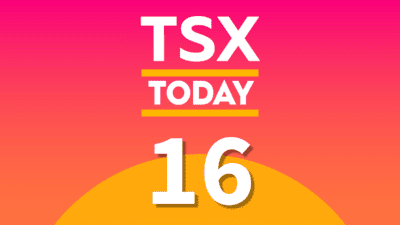Last Friday, S&P cut its outlook for all six Canadian banks to negative. That being said, here are three reasons why you should not be in a hurry to offload your Bank of Montreal (TSX: BMO)(NYSE: BMO) shares just yet.
Bankruptcy procedure at the heart of the negative outlook
S&P cited the downgrade was due to its belief that government support in the case of insolvency could be reduced by a new bail-in component of the current regulatory framework. While this might seem serious, for us common stockholders, a Bank of Montreal bankruptcy would wipe us out regardless of whether this new bail-in component comes into effect.
These types of clauses or government support mainly affect bondholders and to some extent certain preferred stockholders. In the event of bankruptcy, the bondholders are the first in line to have a claim on the assets of the company, followed by the preferred stockholders, and if there is anything left — which there is very rarely — common shareholders.
So the spread of the corporate bonds might move a bit this week, but there is no reason to run for the hills if you own common shares.
Bank of Montreal is nowhere near bankruptcy
A simple look at BMO’s balance sheet last quarter reinforces the thesis that it is nowhere near a situation where government intervention would come into play.
CET1 — that is the ratio of common equity to Tier 1 capital — is safe and sound at 9.7% as of Q2 2014. Without getting into heavy financial accounting specifics, the higher a CET1 ratio, the safer a financial institution is.
Financial leverage is also quite conservative at 19 compared to Royal Bank of Canada, whose financial leverage is at 18.45 as of the last quarter. While these numbers might look high on an absolute basis, for financial institutions having high financial leverage is part of the game of lending money. For example, when Lehman Brothers declared bankruptcy in 2008 its financial leverage was north of 75.
Strong earnings generation
Given how low interest rates are, Bank of Montreal is generating quality earnings with a return on assets hovering around 0.8%. Exceptional banks generate return on assets over 1% so while Bank of Montreal is not in that territory just yet, considering how much headwind it faces with interest rates nowhere near historical averages, I am comfortable with a 0.8% return on assets.
Revenues have grown at 12% CAGR — compounded annual growth rate — and net income has grown at 21.1% CAGR. Those are strong numbers that bode well for an eventual rise in interest rates.
Last quarter, the company also increased its dividend, which further reinforces management’s confidence in the future profitability of the bank going forward. Right now the company is yielding 3.9%, and we can expect that dividend to increase in the years to come.
Bottom line
The news of BMO’s downgrade to negative might sound worrisome, but keep in mind that in this particular case the investors that will be affected the most will be the fixed income ones. Us common stockholders can gain confidence from the good CET1 ratio and earnings quality, while continuing to pocket that healthy dividend.
 Claim Membership Credit
Claim Membership Credit







